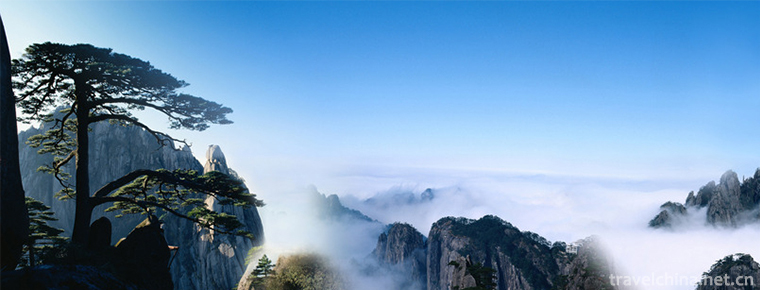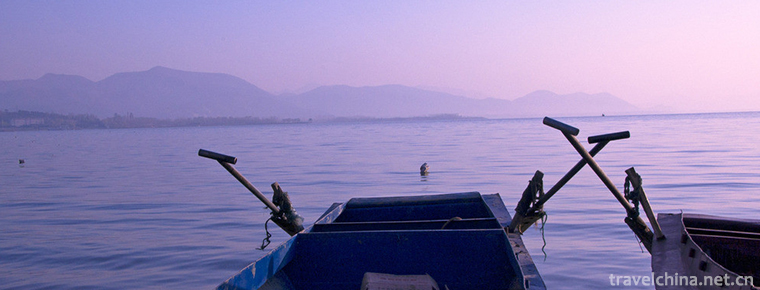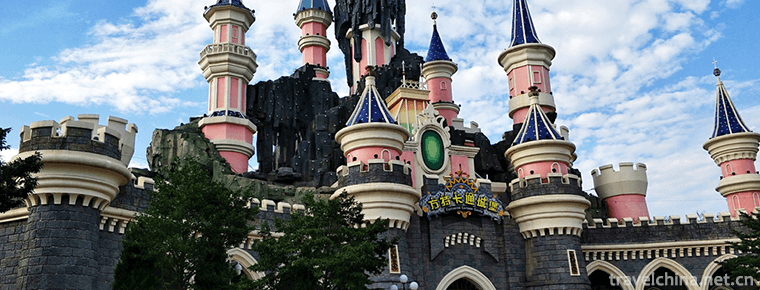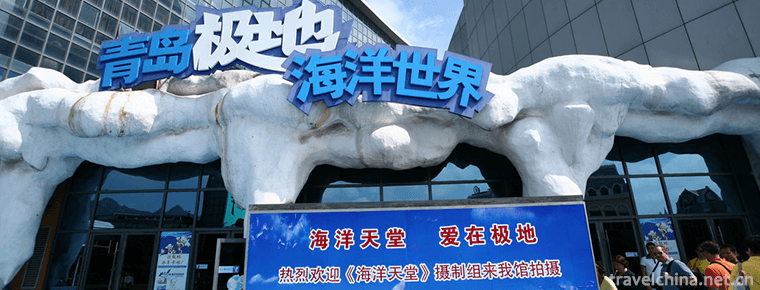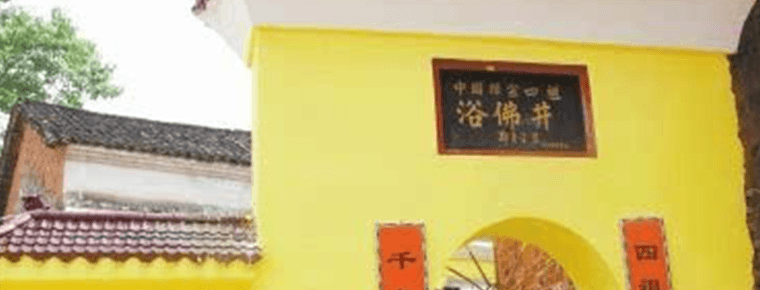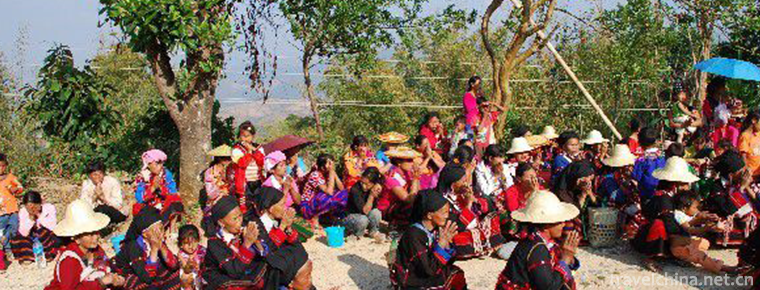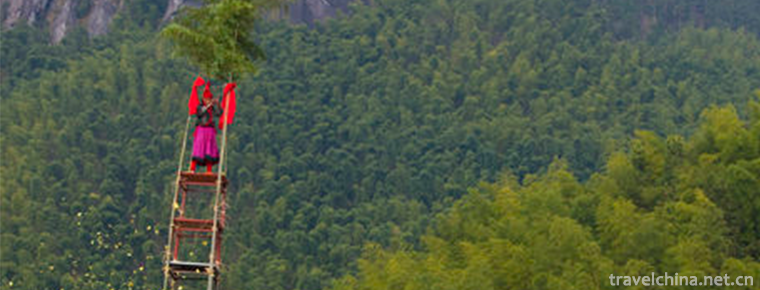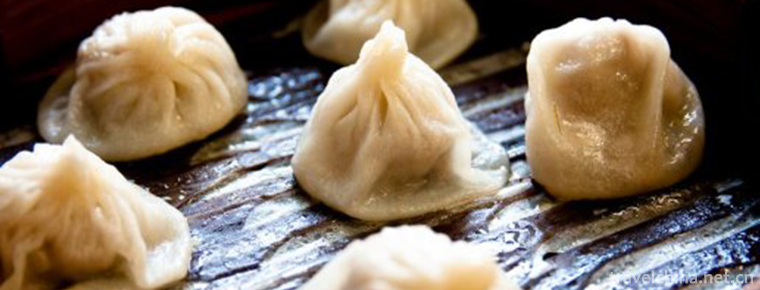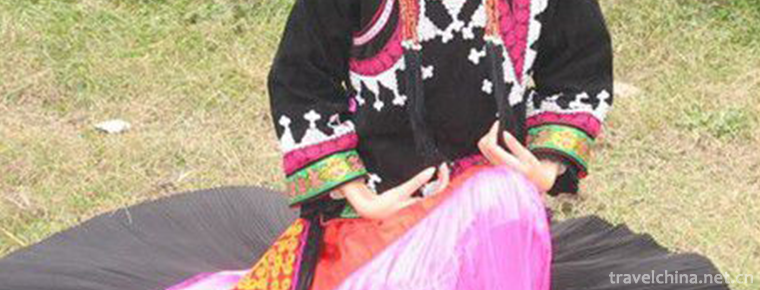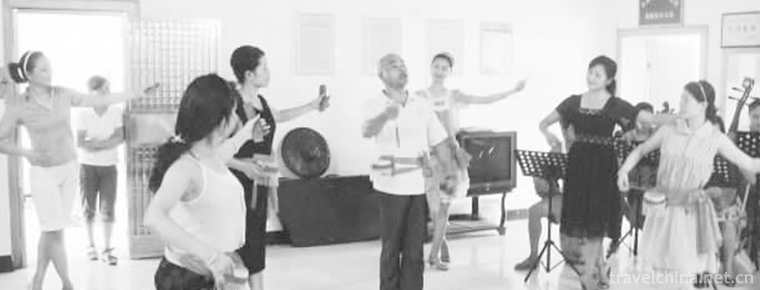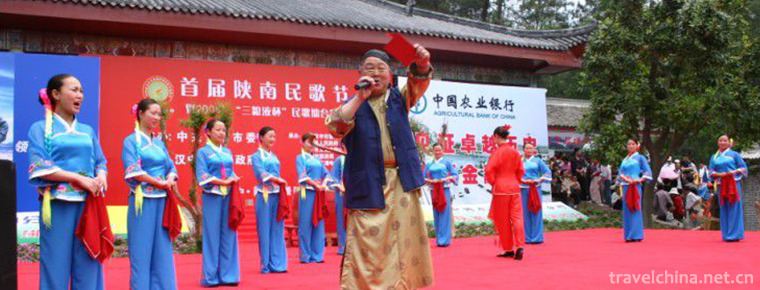Alpine Hand in Hand Dance
Alpine Hand in Hand Dance
"Hand-in-hand dance" is a kind of self-entertainment dance with the longest history and widespread spread spread among the folk dances of the mountain nationality. During the wedding and festival, they all dance hand in hand.
On June 7, 2008, Huaan County of Fujian Province declared "Alpine Hand-in-Hand Dance" which was approved by the State Council and listed in the second batch of national intangible cultural heritage list. Heritage serial number: 662 III-65.
historical origin
"Hand-in-hand dance" is a kind of self-entertainment dance with the longest history and widespread spread spread among the folk dances of the mountain nationality. During the wedding and festival, they all dance hand in hand. This kind of singing and dancing activity has existed in the Alpine nationality areas of Taiwan Province more than 1,000 years ago. According to Beishi Liuqiu Chuan, it is recorded that "singing with one foot, singing with one voice, all the people are in harmony, and the voice is rather sad. She gives her arm and dances with a wave of hands." This kind of situation, in which one person leads the singing, all people are in harmony and the ground is a festival, is basically consistent with the characteristics of the "hand-in-hand dance" of the present alpine people. In the Qing Dynasty "Taiwanese Students Familiar with Pictures", there is a picture of several people dressed in alpine costumes, dancing hand in hand. Its unique hand-holding method and step-around dance posture are also consistent with today's "hand-holding dance".
artistic characteristics
"Hand-in-Hand Dance" can be attended by both men and women. In daily entertainment, there are three or five people at a minimum and dozens of people at a large number. The grand festival can reach hundreds of people. When dancing, they form a circle or several circles, usually led by a singer and dancer. The lyrics include praise of ancestors, praise of heroes, congratulations on harvest, encouragement of production, singing of unity, and improvisation of love and hatred. There are many function words and linings in the lyrics, such as "Where to bend and where to yo", "Because is yo because of the sea". Sometimes a song uses function words from beginning to end, and some function words are added at the beginning or in the middle.
In the enthusiastic dance, some men will bend down excitedly to sweep the ground with pheasant feathers, and then get up and continue to jump forward. Their bodies will continue to flutter together and flutter up and down their feathers. The jubilant crowd, such as the tide of singing and dancing, will continue to roll over, and the unforgettable spectators may be involved in the sea of singing and dancing at any time.
"Hand-in-hand dance" mainly consists of "step up", "step down", "leg up" and "footstep" in all aspects. Due to the change of rhythm and combination, dance steps are quite rich. Men also have a large forward jump, squat, and then stand up and other more intense movements.
artistic form
There are two kinds:
One is that dancers naturally pull up their hands with each other, or connect their thumbs with each other, which is called "small hand";
The other is that the dancer and the two sides are separated by one person, crossing hands in front or behind one person beside him, and the arms are locked, which is called "big hand". Because the dancers hold hands, so the upper body movements are not much, but focus on the change of footsteps. Footworks include "left-right yo-yo-yo-yo", "step back", "one-foot left jump", "two-foot jump", "squat jump" and so on. Small Hand-in-Hand: The arms swing back and forth or up and down in different ranges, and the body leans forward and backward. The man in full dress bends forward deeply, making the long feathers on his hat brush across the ground and rise lightly, which is very distinctive. Large Hand-in-Hand: Most of the changes in the queue, or moving to both sides, or dense to the center of the circle, and then evacuated. When the number of participants is small, the singing and dancing is fresh; when the number of participants is large, the dancing scenes are spectacular and the singing is in full swing.

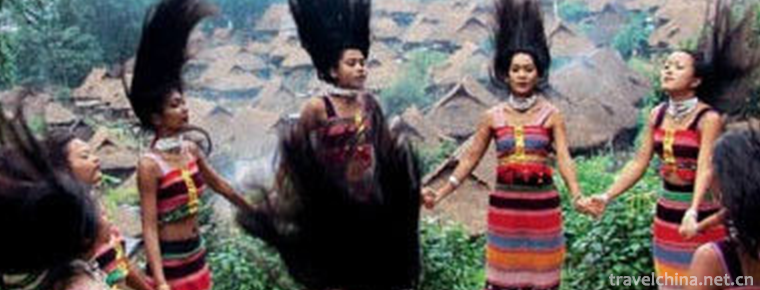
-
Mount Huangshan
Huangshan: World Cultural and Natural Heritage, World Geopark, National AAAAA Class Scenic Spot, National Scenic Spot, National Civilized Scenic Spot Demonstration Site, Top Ten Famous Mountains....
Views: 235 Time 2018-10-28 -
Baiyang Lake
Baiyang Lake/Anxin Baiyangdian Scenic Area is located in the central part of Hebei Province. Anxin Baiyangdian is the largest inland lake in Hebei Province.
Views: 321 Time 2018-11-24 -
Fang te tourist area
Fang te tourist area is elaborately built by Huaqiang Fontewen Technology Group. It is a comprehensive leisure tourism resort integrating theme parks.
Views: 185 Time 2018-12-08 -
Qingdao Polar Ocean World
Qingdao Polar Marine World is located at 60 Donghai East Road, Laoshan District, Qingdao City, Shandong Province. It is a large marine world complex integrating leisure.
Views: 227 Time 2019-02-07 -
Legend of Zen ancestors
Huangmei is the birthplace of Chinese Zen culture. There are six ancestral courts of Zen in China, two of which are exclusive in this county. The four ancestors temple and the five ancestors temple in.
Views: 135 Time 2019-04-15 -
De ang Watering Festival
The De'ang Water-Sprinkling Festival (also known as the Water-Sprinkling Festival) is held seven days after the Qingming Festival every year. It is a three-day commemorative event that combines the th.
Views: 173 Time 2019-04-26 -
Turn over to the nine floor
The Ninth Floor, also known as the Ninth Floor, is a traditional folk activity popular in northeastern Fujian and southern Zhejiang. It is mostly used in rituals such .
Views: 303 Time 2019-04-29 -
Traditional Cuisine Skills of Shanghai Bengang Cuisine
Benbang cuisine is a nickname for Shanghai cuisine and an important school of Han traditional catering culture in Jiangnan area. The so-called Ben Gang is local. It is characterized by thick red sauce.
Views: 132 Time 2019-06-13 -
Yi dress
The costumes of the Yi nationality are colorful, unique in style, and have nearly 100 kinds of shapes. Historically, because of the numerous branches and scattered residence of the Yi people, there ar.
Views: 174 Time 2019-07-12 -
Yongxin Drum
Yongxin Xiaogu is one of the traditional operas in Ji'an City, Jiangxi Province, which originated from Taoism. Legend has it that it was formed in Yongxin, Jiangxi Province during the reign of Qingdao.
Views: 177 Time 2019-07-14 -
Zhenba Folk Song
Zhenba folk song is a huge cultural wealth created and accumulated by Zhenba people for thousands of years, and it is an important component of Zhenba regional culture. Zhenba folk songs are very rich.
Views: 174 Time 2019-07-25 -
Dazhou landform
The terrain of Dazhou city is high in the Northeast (Daba Mountain Area) and low in the Southwest (Basin hilly area). The highest point is datuanbao, Jichang Township, Xuanhan County, with an altitude of 2458.3 meters; the lowest is Tianguan village, Wan.
Views: 109 Time 2020-12-20
